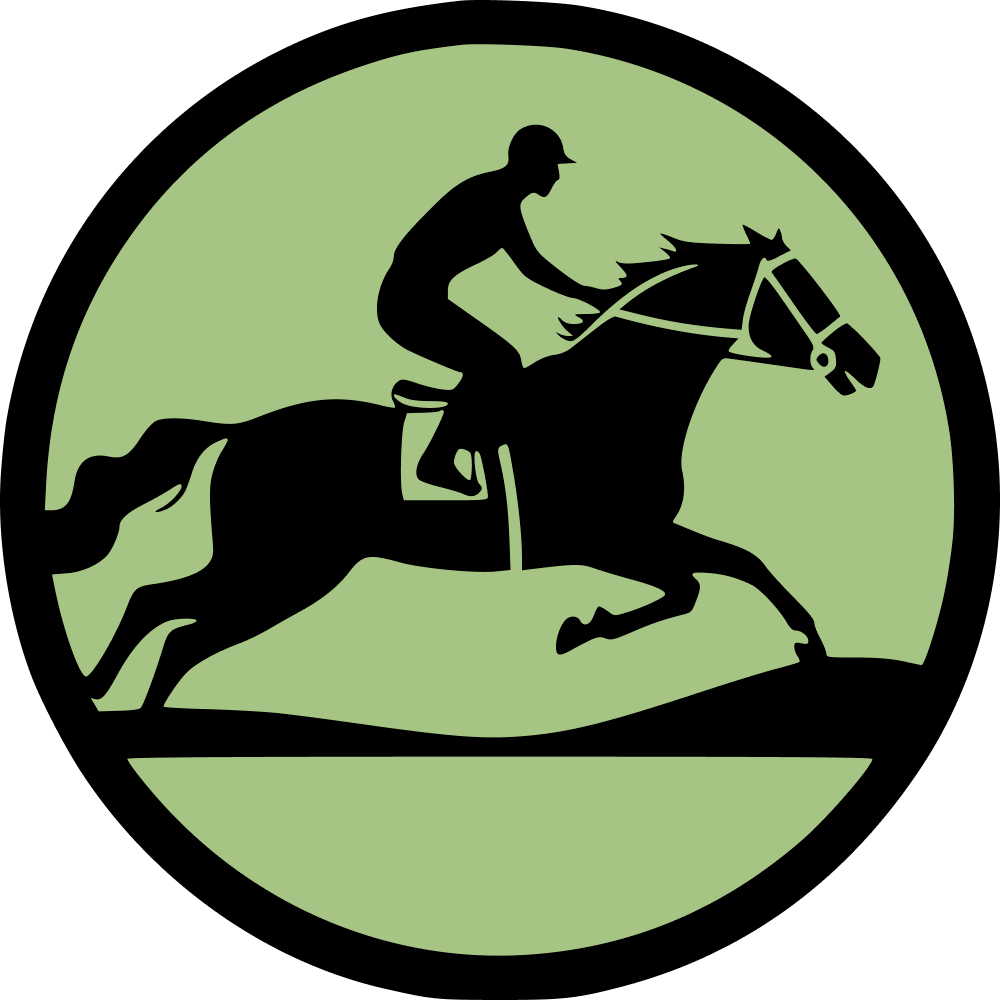National Hunt racing, a form of horse racing known for requiring horses to jump fences and ditches, is particularly popular in France, Great Britain, and Ireland. In the UK, this sport is categorised into hurdling and steeplechase, along with flat races known as "bumpers." Hurdling involves horses jumping over hurdles, while steeplechase races include a variety of obstacles such as fences, water jumps, and open ditches. The Grand National and the Cheltenham Gold Cup are among the most prestigious National Hunt events in the UK.
Season and Horse Types
The National Hunt season primarily occurs during the winter months, as softer ground reduces the risk of injury for the horses. The majority of horses in this discipline are geldings, which are generally more affordable due to their lack of breeding value. This affordability and the longer racing careers of these horses, compared to flat racing horses, make the sport appealing to a broader audience.
National Hunt racing enjoys immense popularity in Britain, Ireland, and France. In Ireland, it often attracts larger crowds than flat racing, while in Britain and other parts of the UK, both forms of racing share popularity, with flat racing being more prominent during its specific season.
Horses participating in National Hunt races are frequently bred specifically for jumping. However, many horses also transition from flat racing. While Thoroughbreds dominate the field, other breeds like Selle Français and AQPS are common, especially among French-bred jumpers. Many horses start their careers in point-to-point racing, an amateur steeplechase that serves as a training ground for future champions.

Key Events and Festivals
The National Hunt calendar is highlighted by the Cheltenham Festival and the Grand National. The Cheltenham Festival, held at Cheltenham Racecourse over four days in mid-March, culminates in the Cheltenham Gold Cup, the most prestigious chase race globally. The Grand National, held at Aintree in April, is another major event known for its challenging course and large field of runners. Both festivals attract top-tier horses and a global television audience, with substantial betting activity accompanying the races.
Other significant festivals include the Galway Races, a mixed meeting in Ireland, and the Punchestown Festival, often considered Ireland's equivalent of the Cheltenham Festival. Noteworthy races also include the Tingle Creek at Sandown Park, the Scottish Grand National at Ayr, the King George VI Chase at Kempton Park, the Welsh National at Chepstow, and the Irish National at Fairyhouse.
Historical Roots
National Hunt racing traces its origins to Ireland, particularly in the southern counties, where the sport began with informal two-horse races across open countryside, known as "pounding races." The first documented race of this kind is believed to have taken place between Buttevant and Doneraile in County Cork in 1752. The race's distance was 4.5 miles (7.2 km), and it started and finished at the towns' church steeples, coining the term "steeplechase."
Organised steeplechasing in Britain began with events such as the St Albans Steeplechase in 1830. Initially, the sport lacked regulation and was considered a lesser form of flat racing. However, the establishment of the National Hunt Committee in the 1860s and the introduction of the National Hunt Steeplechase led to greater organization and prestige for the sport.
Modern Era and Sponsorship
The Cheltenham Festival eventually became the centrepiece of the National Hunt season, featuring championship races that draw top competitors. The introduction of sponsorship, starting with the Whitbread Gold Cup in 1957, further enhanced the sport, adding more races to the calendar and increasing public interest.
Current Landscape
Irish-bred and trained horses have historically dominated National Hunt racing, with notable successes in major events like the Cheltenham Gold Cup and the Grand National. However, French-bred horses have also risen to prominence, with champions like Master Minded and Kauto Star achieving significant victories.

Types of Races and Classification
National Hunt races are divided into chases, hurdles, and National Hunt Flat races. Chases are run over distances of 2 to 4.5 miles and feature fences at least 4.5 feet high. Hurdle races cover distances of 2 to 3.5 miles, with hurdles standing at a minimum of 3.5 feet. National Hunt Flat races, often referred to as "bumpers," are flat races for horses yet to compete in jumping events, typically run over 1.5 to 2.5 miles.
Races are graded by prestige, with Grade 1 being the highest, followed by Grade 2, Grade 3, Listed races, Handicaps, and Bumpers. The higher the grade, the greater the prize money and quality of horses attracted.
Major Festivals and Venues
Cheltenham Racecourse, located in the Cotswolds, is considered the heart of National Hunt racing in the UK. It hosts the Cheltenham Festival, where the highlight is the Gold Cup - a Grade 1 race, run over a distance of 3 miles 21⁄2 furlongs (5.3 km). The Grand National, held at Aintree, is another highlight, known for its long distance, large field, and challenging fences like Becher's Brook.

Hunter Chase Racing
Hunter chases take place at national hunt racecourses, restricted to horses with hunter certificates, which indicate they have participated in hunting activities. These races are for amateur jockeys, though controversy arises when professional trainers enter top-tier horses in these events. The Aintree Fox Hunters' Chase and the Cheltenham Foxhunter Chase are two of the most notable hunter chases, giving amateur riders a chance to compete on prestigious courses.

